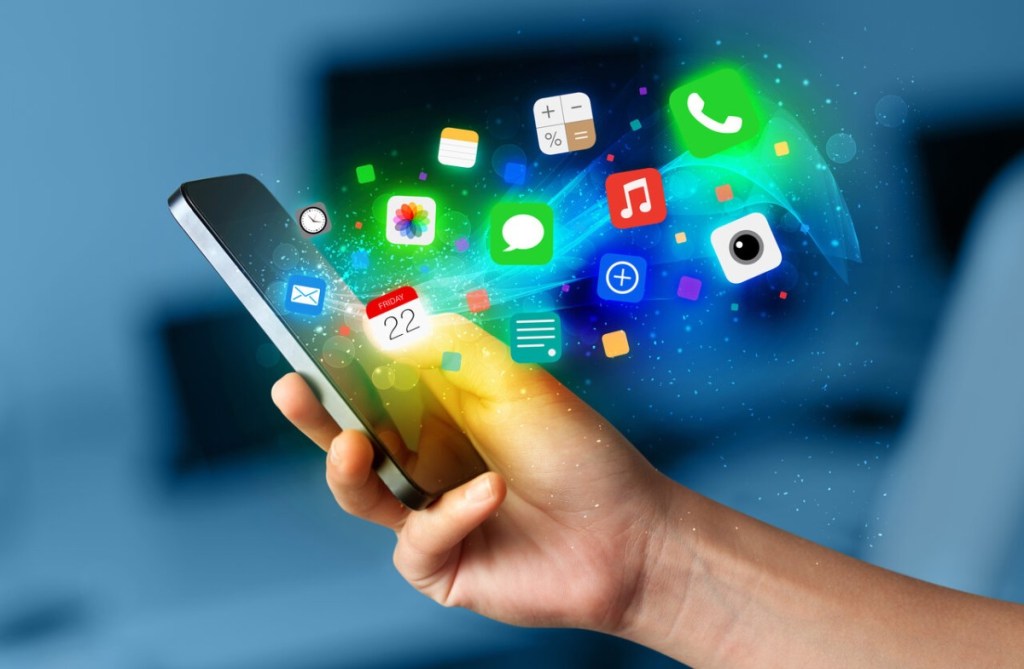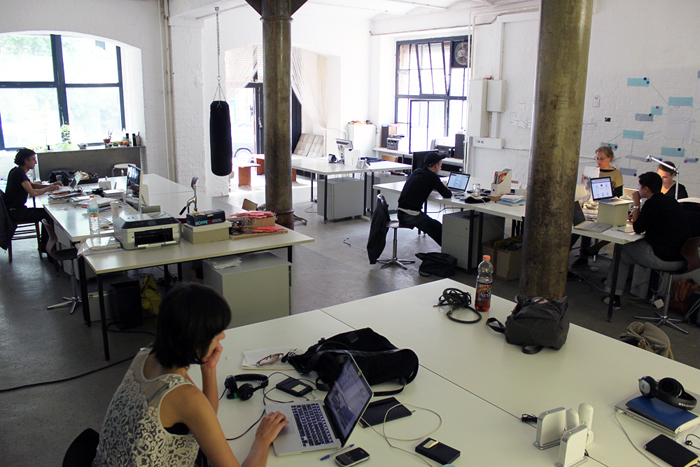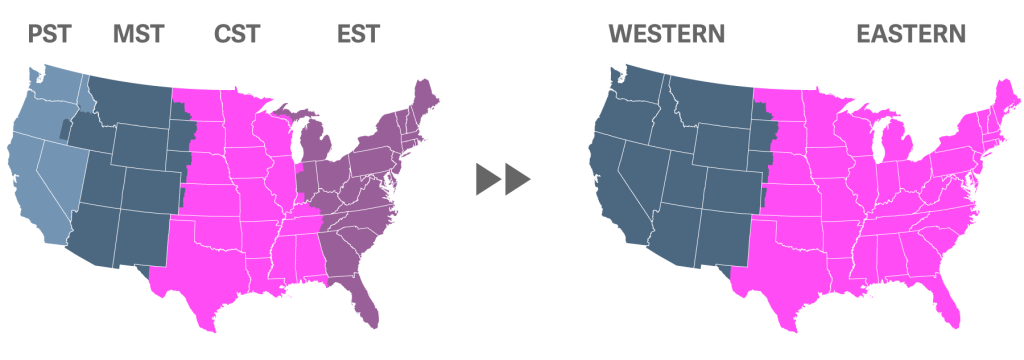And a App-y New Year
Four apps to enhance productivity in 2023
It’s the end of the year, and you are starting to feel sluggish. Scrolling social media endlessly or putting off tasks are everyday bad habits that society picks up in December. Why not start now with some New Years’ resolutions and download some productivity apps that can help get you out of that slump? We’ve […]




